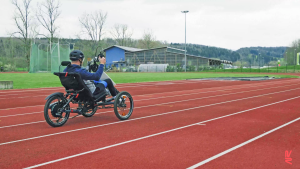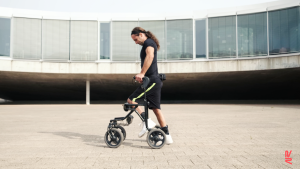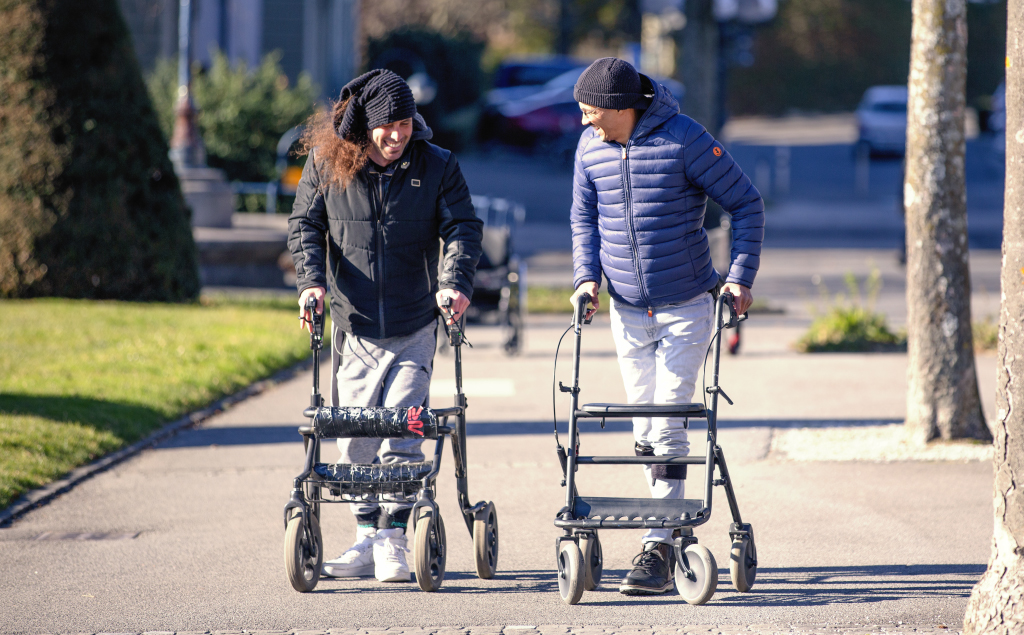In 2018, Grégoire Courtine, PhD, associate professor at the Swiss Federal Institute of Technology Lausanne (EPFL) and Jocelyne Bloch, MD, neurosurgeon at Lausanne University Hospital (CHUV), published a study showing that three patients with chronic paraplegia regained the ability to walk through a targeted neurotechnology which uses electrical stimulation to reactivate spinal neurons.

These newer implants can stimulate the region of the spinal cord that activates the trunk and leg muscles. Thanks to this new technology, three patients with complete spinal cord injury were able to walk again outside the lab.

This work is published in Nature Medicine, in the article titled, “Activity-dependent spinal cord neuromodulation rapidly restores trunk and leg motor functions after complete paralysis.”
Electrical stimulation of the spinal cord is a promising therapeutic option for restoring motor function in people with spinal cord injury. Stimulation approaches so far have provided continuous electrical stimulation of the spinal cord in patients through the use of re-purposed neurotechnologies that were originally designed to treat pain. However, these re-purposed electrical stimulation devices fail to stimulate all the nerves in the spinal cord associated with leg and trunk movements, which may limit the recovery of all motor functions.

“Our breakthrough here is the longer, wider implanted leads with electrodes arranged in a way that corresponds exactly to the spinal nerve roots,” said Bloch. “That gives us precise control over the neurons regulating specific muscles.”
This optimized spinal cord–stimulation approach was then shown to rapidly restore independent walking and other motor activities, such as cycling and swimming, in three patients (all men, between 29 and 41 years of age) with complete sensorimotor paralysis, within a single day. Neurorehabilitation further helped the patients to be able to conduct these activities within their communities.
These findings—which form part of an ongoing clinical trial (NCT02936453)—highlight the superior efficacy of purpose-built, personalized spinal cord–stimulation approaches, presenting a therapy that could mediate clinically meaningful improvements in people with a broad range of spinal cord injury severities.







